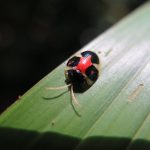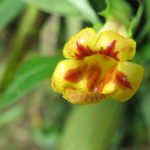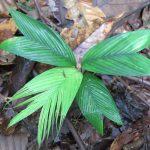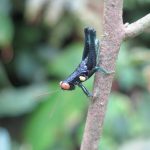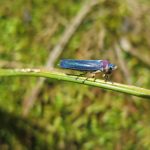Hello to all from Ecuador once again!
Well – it is ‘butterfly season’ again – a seemingly endless number of different species are around, in this the (slightly) drier, hotter season. Sadly, many are very difficult to photograph as they tend not to stand still for too long – however we have managed to capture some on camera.
And although it is summer, there have been some amazing thunderstorms echoing around us amongst the hills and valleys, with some fabulous lightshows at night. And there has been some hail – which is practically unheard of around these parts!
One of the finds this month has been a large feline fur ball (about 11/12 centimetres in length and two centimetres across). We cannot be certain, however it is likely from an ocelot, several of which have been seen in the area previously by some of our neighbours. It is good news that at least one medium to large cat continues to live and survive close by.
Other sightings recently have been of at least three different snake species………….. an example of a Chonta snake species, yet another equis (a smaller example this time – it is also known as a Fer-de-Lance or Venomous Pit Viper), and a Wagler’s Sipo (also known as a Rusty Whipsnake).
Other new sightings have included an unidentified anole (type of lizard); a flock of Military Macaws has again been spotted flying overhead heading north – there were eleven of them in the group; some Blue-necked Tanagers (beautiful iridescent birds usually seen around the forest edge) and several ‘new’ frog species which were seen on a recent night walk/investigation. Ecuador is home to 536 known amphibian species – more than any other country on the planet other than Brazil or Colombia! We are very fortunate to have seen many of these species on and around the Fundación’s land – although not all are yet identified.
We were delighted to receive a copy of the recent publication – “Herpetofauna in Areas prioritised for Conservation” from our friend and colleague Juan Pablo Reyes – a contributor to the book and one of the leading members of the Ecominga Foundation which has a reserve not far from ourselves. This will assist in the identification process of some of these frog species.
On the land itself, we continue keeping paths clear, maintaining the water system and replanting wherever possible. We still await the machinery to open up our new entrance so that work can continue on the path into the land from there.

